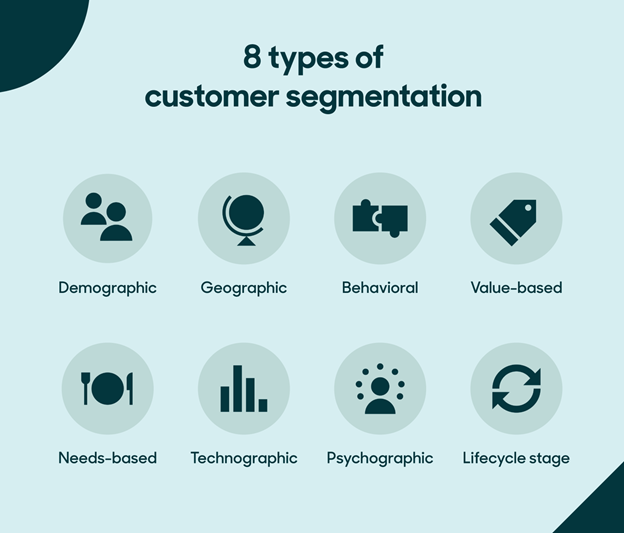A great user experience (UX) means nothing if your users’ data isn’t protected. Likewise, cybersecurity means nothing if it makes for clunky UX.
In fact, the safety of your website could be classified as part of the UX. After all, a large part of your site’s usability involves how secure it is — and how easy it is to use with security measures in place. Learn how to effectively implement solid cybersecurity measures and great UX with the following tips.
The Importance of Intertwining UX and Cybersecurity
Great website design and usability don’t exempt you from costly data breaches and Australia-based company Canva knows this all too well. According to ID Strong, in 2020, a breach of the graphic design giant’s cybersecurity systems caused a leak of about 139 million users’ sensitive information including usernames, real names, email addresses, country data, encrypted passwords, and partial payment data.
As a large business worth about $2.5 billion, Canva can handle the data breach with a small hit to its reputation and not much more. However, smaller businesses aren’t always so lucky. Website UX design and upkeep can cost thousands already, and not all businesses can’t afford to lose customers and pay fines due to a data breach. Small businesses face greater cybersecurity risks due to their lower budget and easier target, such as the risk of attacks like:
- Phishing;
- Malware;
- Ransomware;
- Insider attacks.
Some businesses may also be ill-prepared to defend themselves against cybercriminals; for example, they may neglect to train employees to create strong passwords. For this reason, small businesses should take extra care with cybersecurity measures. But businesses of all sizes can benefit from paying more attention to cybersecurity.
Furthermore, when customers feel secure using your website, you are more likely to procure more sales and reach. It’s clearly important on a financial and reputational level to have robust cybersecurity measures in place while upholding a user-friendly experience and sleek design. In some ways, you can even use UX to improve cybersecurity — and vice versa.
Make Security Simple
While cybersecurity can be complicated behind the scenes, you don’t want to extend that to your website users. Part of great UX is easy navigation and not making users jump through hoops. Tedious procedures can cause cybersecurity fatigue, where users may choose to compromise on security, sometimes unwittingly, because they find dealing with security issues taxing.
For instance, if you have multi-factor authentification (MFA) as a requirement for your users, cyberattackers could try to gain access to user accounts on your site by simply requesting a login from the user’s other device. Then, the exasperated user could simply tap “yes” to agree to the login, even if they aren’t the ones who initiated it, just to see the notification disappear.
Some ways to simplify security for your users include implementing:
- Shorter registration forms;
- Integration with other platforms;
- Single-identity login for all your products;
- Simplified MFA;
- Biometrics for passwordless authentication;
- Secure transactions with no extra steps needed.
You may also want to stray away from difficult CAPTCHA authentication measures or at least offer accessible options to make logging in easier for all users. With all of these security implementations, make sure to track changes in user activity to see what is working and what isn’t. Also, monitor for any vulnerabilities along the way.
Educate Users and Be Transparent
Without bombarding website users with security training, send out simple messaging to help educate them on cybersecurity best practices. For example, about two-thirds of data breaches happen due to ransomware attacks, including phishing emails. Send users a quick pop-up or email to let them know how to spot a fake email. Tell them how you are protecting them with advanced email security measures, like encryption or AI that detects suspicious activity.
The more transparent you are with your users, the more likely you will be to foster trust and loyalty. This includes being honest when vulnerabilities or breaches do occur. As soon as you are aware of a data breach, let the authorities and affected users know. Send them easy instructions to follow so that they can take action in protecting their data as soon as possible. They will appreciate the honesty and are more likely to update passwords and protect their information in the future.
Pare Down Where Possible
In order to cater to users of your site, you should also be transparent in how their data is collected and used. Adhere to Australian privacy guidelines — and the GDPR if your audience is global. Then, make messaging about opting-in to data collection super clear and easy to accept.
Further, only collect as much data as is necessary. Excessive data will be tiresome for you to sift through and organize, but it will also be burdensome for your users, contributing to security fatigue and poor UX.
Automate Incident Response
If a breach does occur, you know to notify your users. This can be implemented into the design of your site. On the back end, you can set up automatic alerts to users that are facing security issues, such as too many failed login attempts or attempts from unknown devices. This gives users peace of mind that your business cares about their security enough to build these notifications into the website. You can also work with IT professionals to automate vulnerability patching, letting you and your site users rest more easily knowing you have a backup plan in place.
Moving Forward With User-Friendly Cybersecurity
Once you’ve implemented all of the above tips, you should analyze user data and behavior regularly. This can alert you of vulnerabilities and show room for improvement in security measures. Further, it can let you know if users are bouncing off of a page too quickly with certain security measures in place or if they are having too much trouble logging in. You can even send out surveys and questionnaires that users can fill out in exchange for discounts or freebies. This way, you can get feedback on where your site is hitting the mark and where it could solve pain points for your unique user base.
There are constant innovations in the cybersecurity space, so stay aware of new AI tools and tips as they come along. This will help your business keep user data safe while offering them the best UX possible — leading to increased profits for you down the line.
- User Experience in Rural Agriculture: Balancing Tradition and Innovation - June 4, 2024
- Nurturing UX-Centric Culture in Your Tech Startup - May 7, 2024
- Exploring the Connections Between Sustainability and UX Design - March 19, 2024
![]() Give feedback about this article
Give feedback about this article
Were sorry to hear about that, give us a chance to improve.










